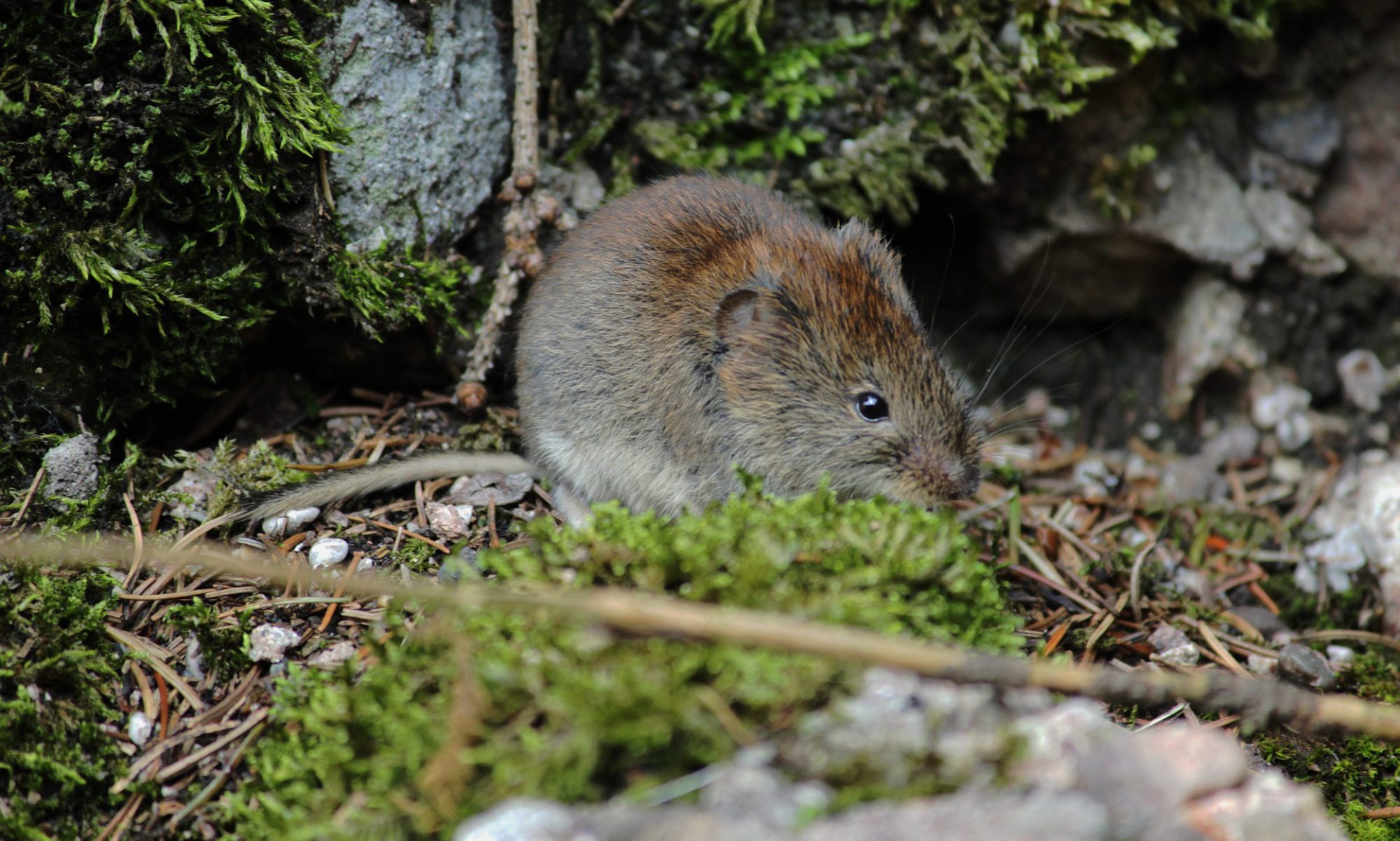Produce the perfect stack of habitats in your own garden to attract useful and interesting invertebrates. And perhaps a hedgehog!
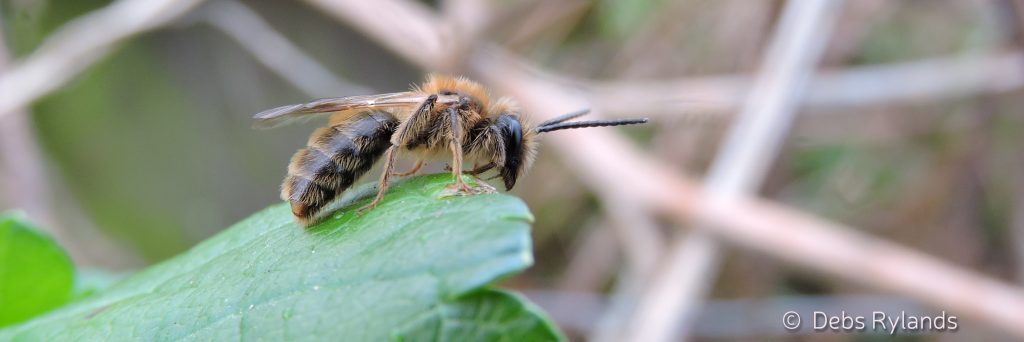
In the UK, an average garden is home to more than 2,000 species of insect. Many of these insects are useful to the hobbyist gardener, controlling those pesky bugs that can cause damage to our cherished plant life.
By producing the appropriate habitat we can influence the number of these useful insects we entice into our gardens year round!
One such way to increase the buzz in your garden is to build a bug hotel.
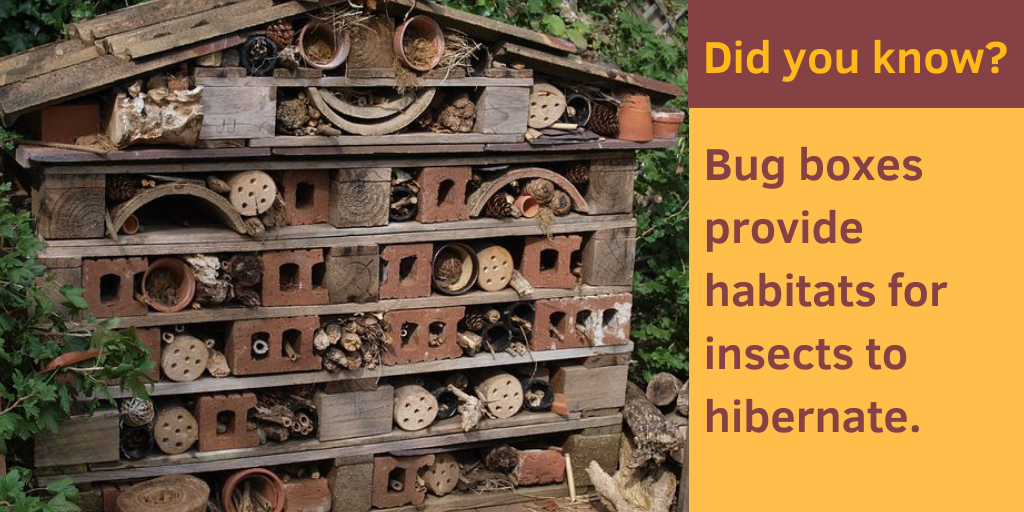
Before you Start…
Useful Building Materials:
- Wooden Pallets
- Stones or Tiles
- Dead Leaves (Perfect Autumn activity!)
- Straw or Bamboo
- Bricks
- Loose bark
- Old or Broken Plant Pots
- Dead Wood
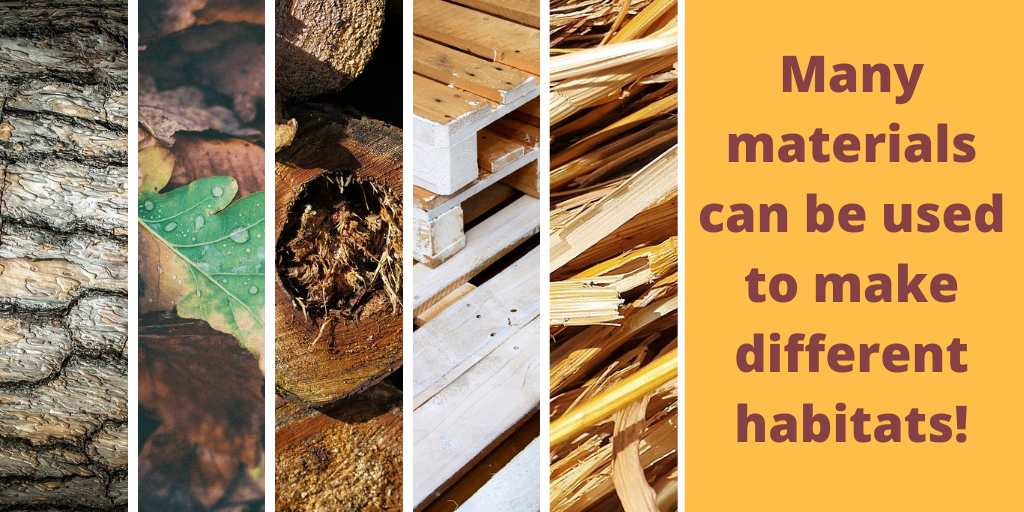
Location, Location, Location!
Invertebrates come in many varieties. Some flourish in the sunlight, whereas others much prefer the cool, damp dark conditions beneath a log or paving stone in the garden. To cater for as many of these insects as possible choose a spot in the garden in partial sunlight, for example the base of a tree or hedgerow. Most importantly make sure to find an level patch of ground to work on – your bug hotel may be fairly heavy once constructed!
If you hope to draw in some butterflies or bees to your bug hotel, you may also want to consider planting flowers by your bug hotel (Mashed fruit can also be a sweet incentive to attract these insects into your garden).
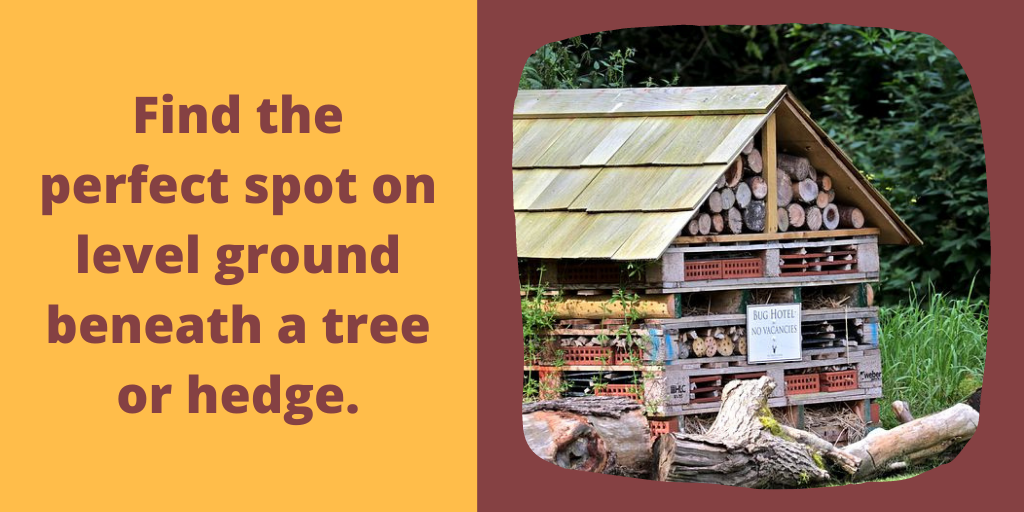
Making the foundations
The basic structure of your bug hotel is made from wooden pallets, you can usually source recycled pallets from a local supermarket or a local working farm. The maximum number of pallets you should use to create your bug hotel is five, this makes the hotel large enough to attract an abundance of insect life whilst not being so heavy to sink into the ground after heavy rainfall.
Place the first pallet upside down on the level ground in your garden – this technique creates a large opening at the base that hedgehogs may choose to make home. Then place each pallet atop of the other, securing in place with large zip ties if you choose.
Filling the gaps
The final step in building the perfect resort for bugs in your garden is to fill the gaps between your wooden pallets with the rest of you materials, to create unique habitats for every insect you hope to find.
- Dead Wood is an increasingly rare habitat that provides a perfect patch for solitary bees to lay their eggs and hibernate. This wood can also attract other hibernating or breeding species such as beetles, woodlice, and ladybirds.
- Bamboo stems or holes drilled into old logs are also perfect breeding sites for solitary bees.
- Stacked stones or old tiles produce a frost-free habitat, essential for amphibians to shelter during the colder months over the winter. Providing tiles give cool and damp conditions.
- Straw and hay. These provide many opportunities for invertebrates to burrow in and find safe hibernation sites.
- Dry leaves mimic the forest floor, encouraging insects (or perhaps a hedgehog) to find a home in the base of your hotel.
- Loose bark is especially attractive to many species of spider and may also attract a centipede into your garden.
- Nectar-producing plants. Plant some nectar-rich flowers in and around your new bug hotel to provide food for butterflies and bees
Please make sure to send us your ‘bug-ingham palace’ creations to out social media pages, we’d love to see what species you attract to your own gardens!
